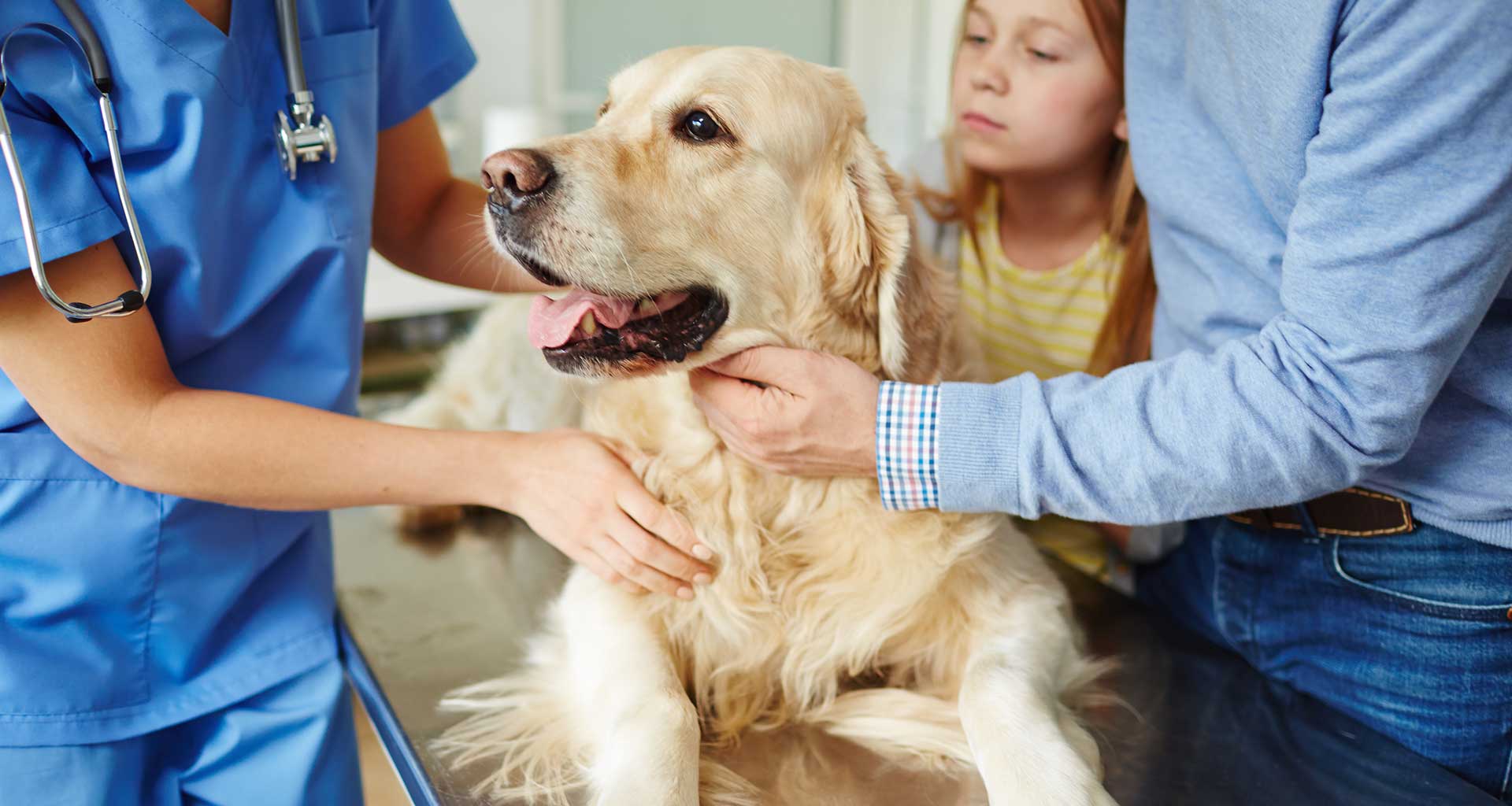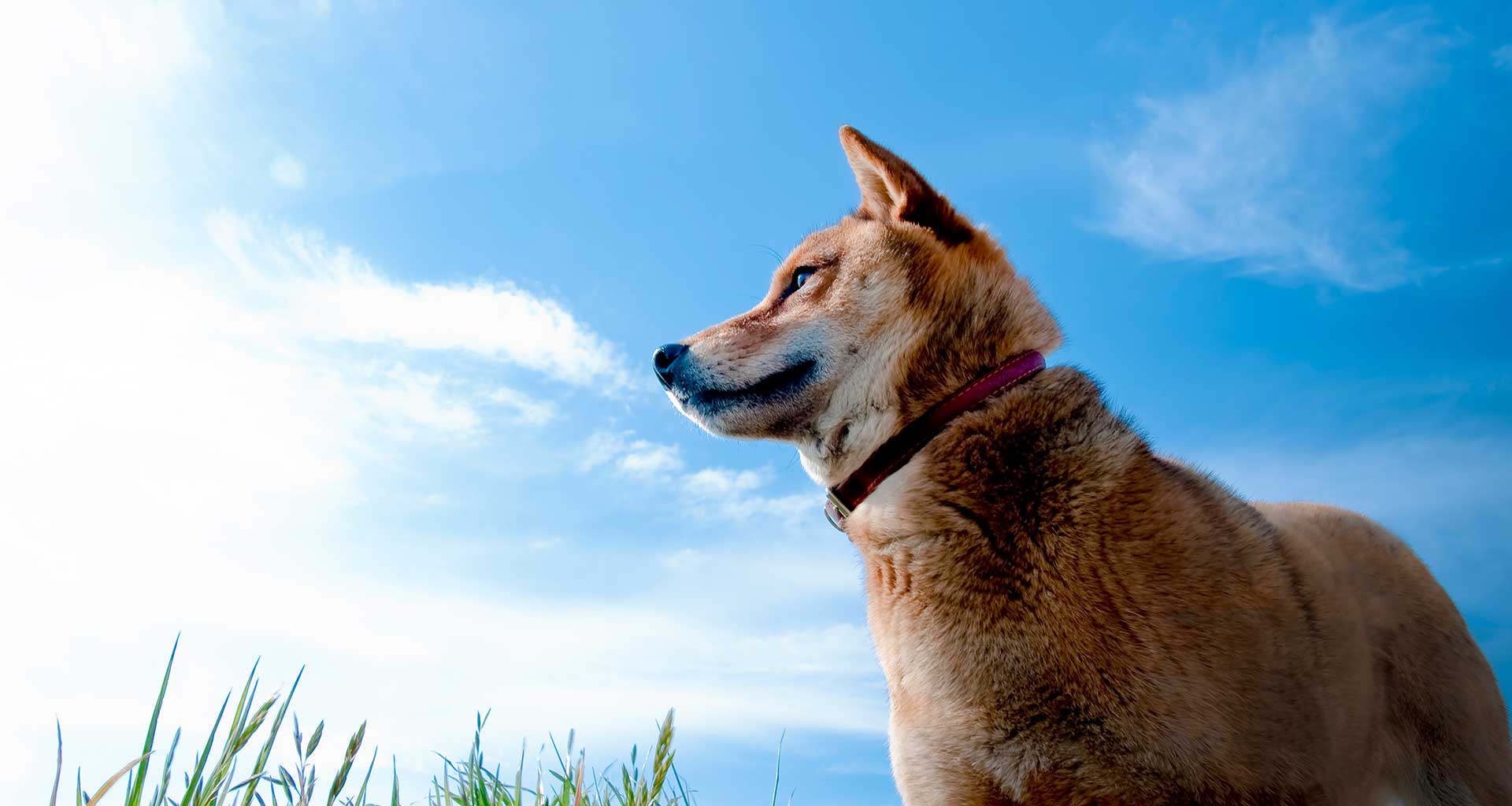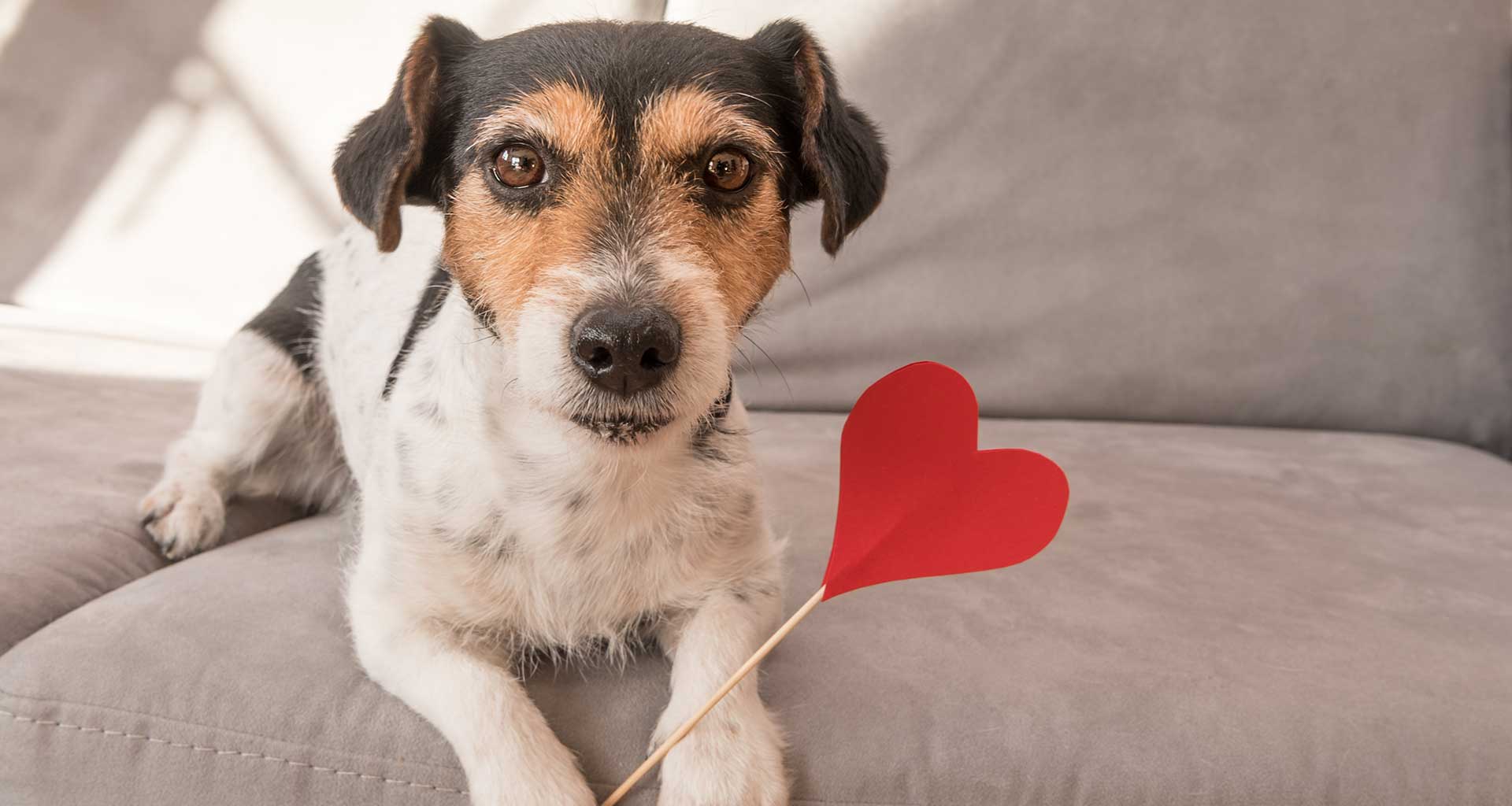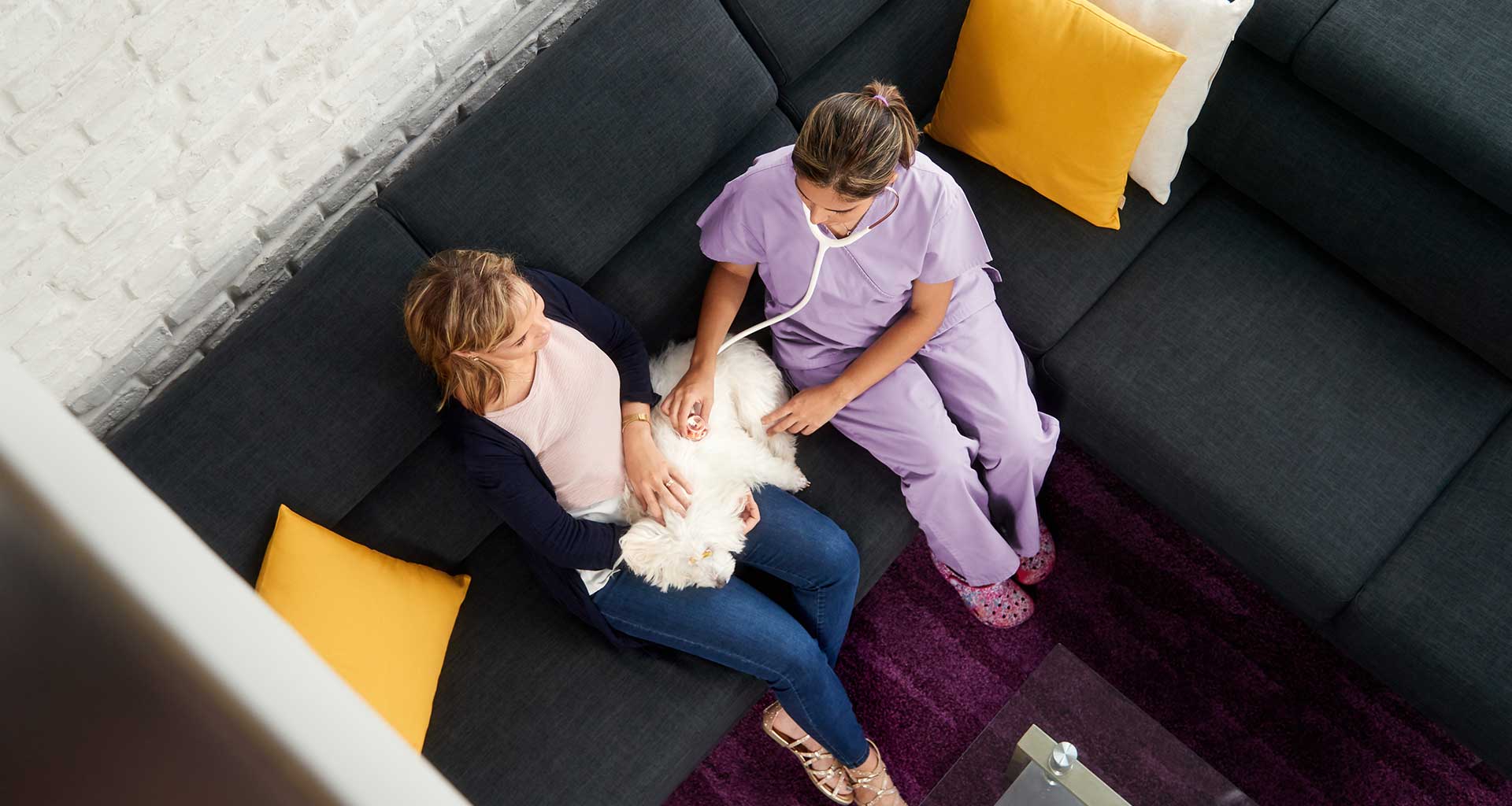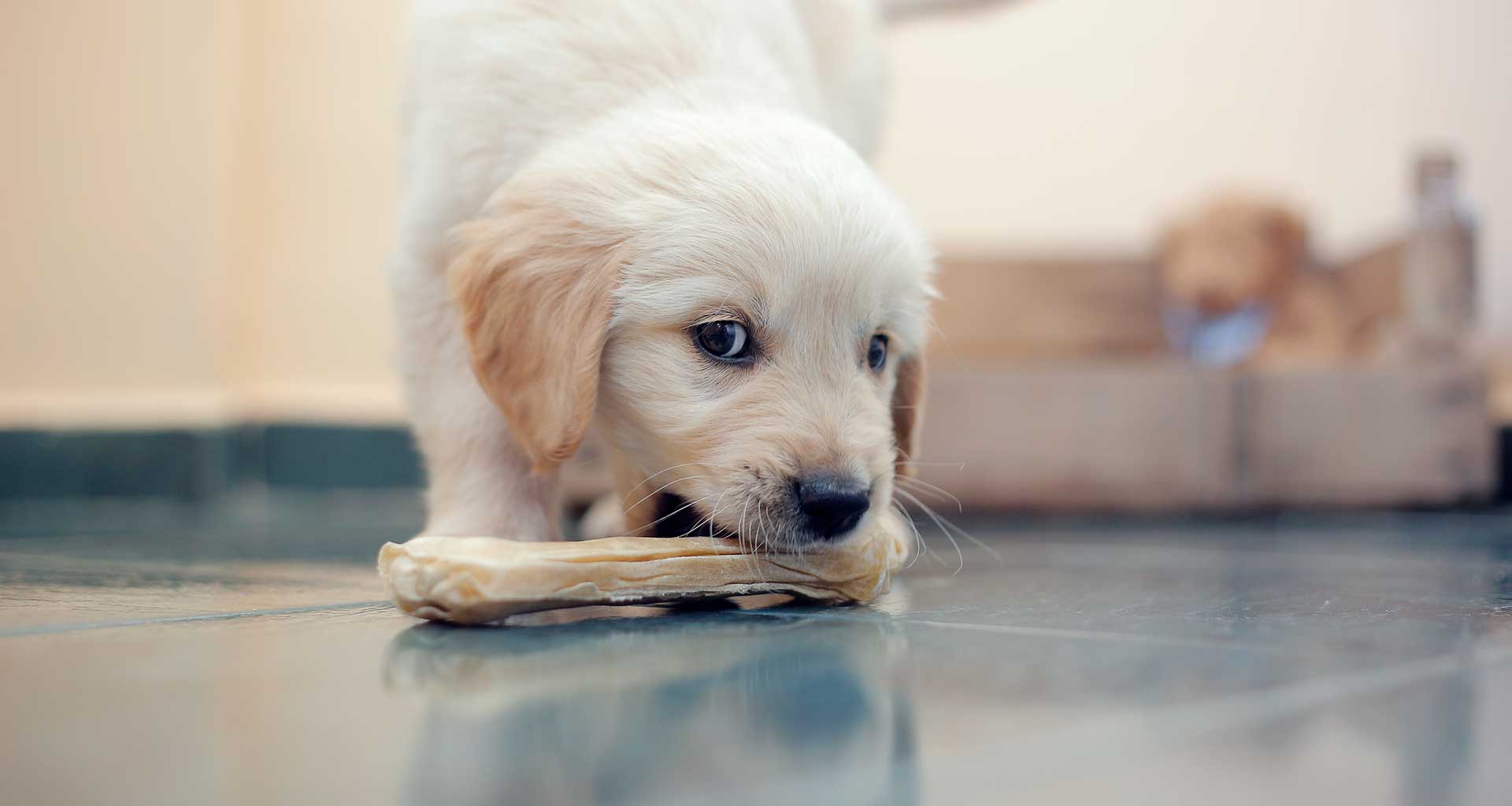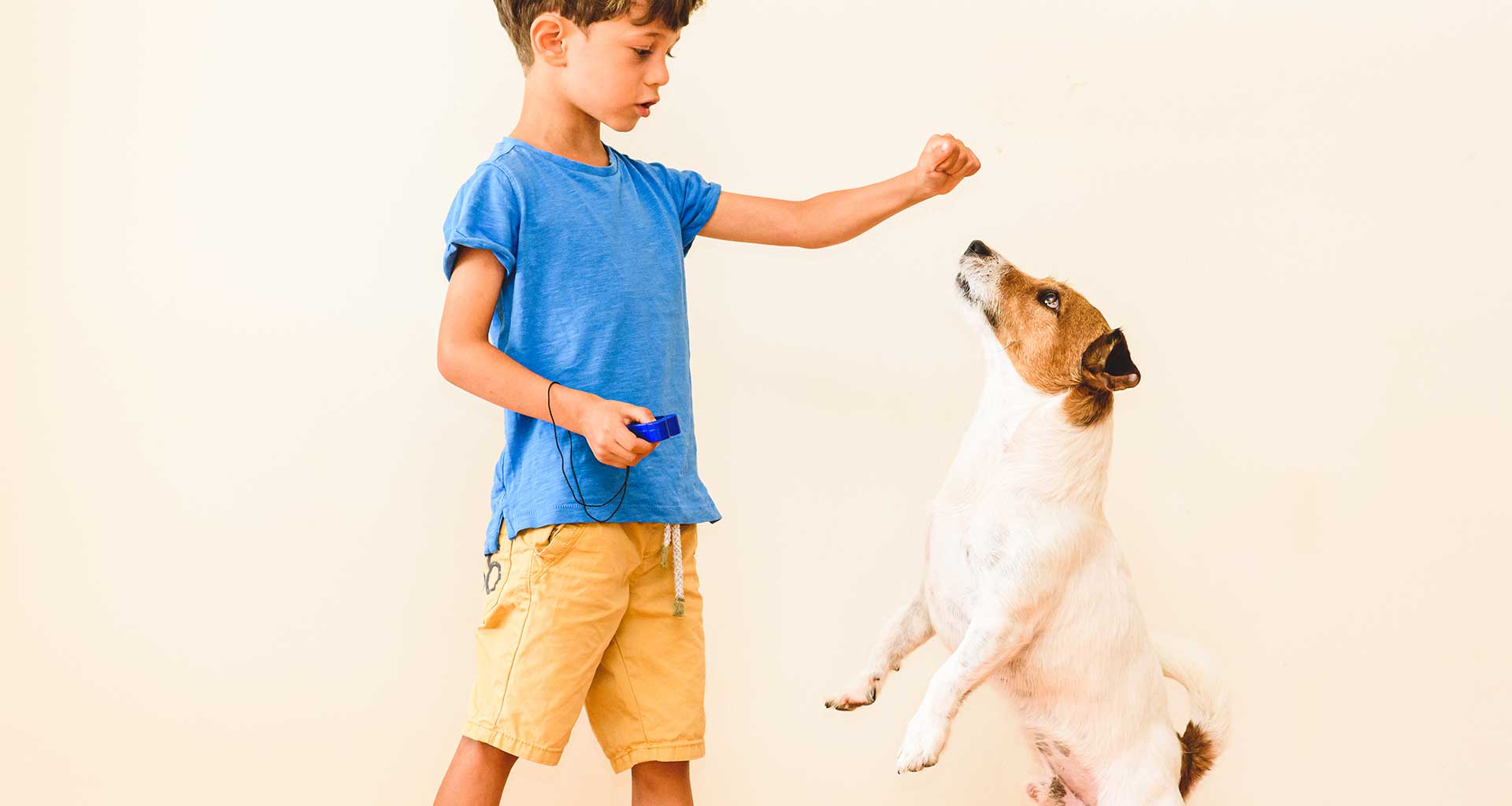Common Eye Conditions: Cataracts, Glaucoma, Conjunctivitis, Corneal Ulcers
Pet owners can overlook the importance of their furry friends’ eye health. Early detection of any potential issues is crucial in preventing serious damage or even vision loss. As a pet owner, you should also keep an eye out for signs of discomfort or irritation in your furry friend’s eyes, such as redness or discharge, and seek professional help immediately if you notice anything unusual.
However, just like humans, pets can suffer from various eye conditions that require immediate attention. Here are some common eye conditions that pets might experience:
- Cataracts: Cataracts in pets are relatively common and can affect their vision causing blindness if left untreated. If you notice your pet has trouble finding their way around the house or bumping into things, it could be a sign of cataracts. The symptoms to look out for include changes in eye color, redness and swelling around the eyes, and excessive tearing or discharge.
- Glaucoma: It occurs when there is increased pressure inside the eye which can result in damage to the optic nerve. The damage causes gradual vision loss. It can occur at relatively any age but tends to affect older dogs more. The early symptoms include discomfort or pain while blinking or rubbing their eyes excessively.
- Conjunctivitis: It is a common eye infection that affects both cats and dogs. It is commonly referred to as “Pink Eye”. It causes the inflammation of the conjunctiva. Early detection will help you seek treatment before the condition becomes worse. Treatment may include medication such as antibiotics or anti-inflammatory drugs depending on what’s causing the infection.
- Corneal Ulcers: They occur when the outer layer of the eye becomes damaged. These may occur due to foreign objects or trauma from other animals during playtime but can also occur due to an infection. The most common symptoms to look out for are excessive tearing, squinting, redness, sensitivity to light, and discharge from the eye. Pain medication may also be prescribed to alleviate discomfort while the ulcer heals.
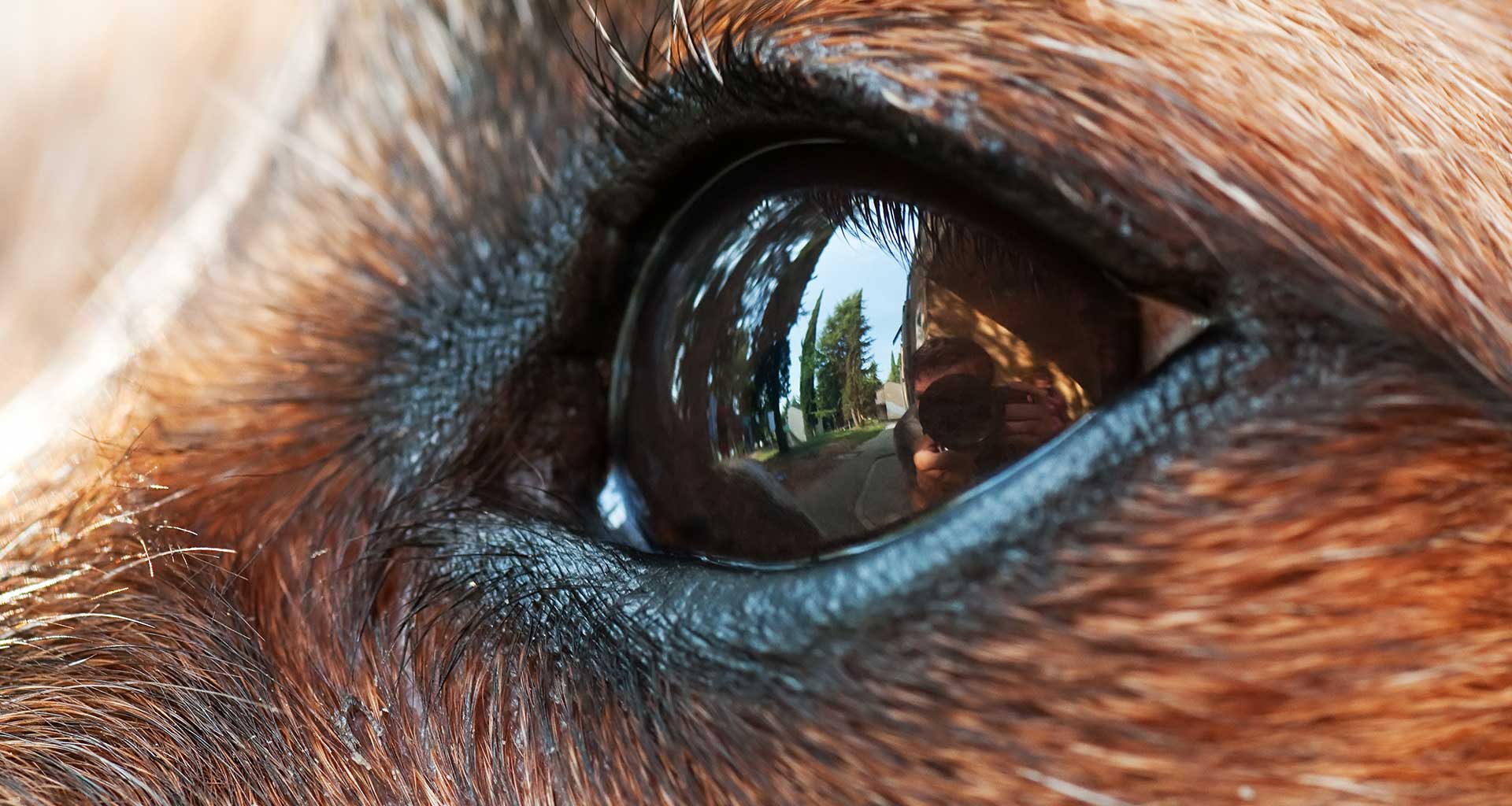
Signs of Eye Problems: Squinting, Redness, Discharge, Cloudiness
If your cat or dog shows signs of squinting, redness, discharge, cloudiness, it’s time to visit the vet. Your furry friend’s eyes may be the window to their soul, from giving you puppy eyes to rolling them in frustration, your pet’s peepers are always telling a story. Redness is one of the most common signs of eye problems in pets. It could indicate anything from allergies to infections or even more severe issues like glaucoma. Before start googling the symptoms, take a closer look at your pet’s behavior. Are they rubbing their eyes excessively? Do they seem irritated or uncomfortable? If so, it might be worth scheduling an appointment.
Diagnosis and Treatment Options: Ophthalmic Exam, Medications, Surgery
Just like humans, pets can develop eye problems that require attention from a veterinarian. This is where pet ophthalmology comes in. This thorough evaluation involves examining the eyes and surrounding structures in order to detect any abnormalities or signs of disease. The veterinarian may also perform tests like tonometry to measure intraocular pressure or tear production testing to evaluate dry eye conditions. Early diagnosis is critical when it comes to treating ocular diseases since some ailments like glaucoma can cause irreversible damage if left untreated. Early detection is crucial for effective treatment.
- Your veterinarian will start by examining your pet’s eyes with an ophthalmoscope, a specialized tool used to visualize the inside of the eye.
- They may also perform a Schirmer tear test to measure how much tear production your pet has.
- If needed, they may stain your pet’s cornea with fluorescein dye to check for any abrasions or ulcers.
- Intraocular pressure (IOP) measurement is also performed which helps in detecting glaucoma and other disorders.
Prevention and Care: Regular Exams, Proper Nutrition, Eye Protection
It’s crucial to remember that just like humans, pets are susceptible to eye problems too! Hence, regular ophthalmology exams should be a part of your pet’s preventative care routine. Regular exams from an experienced veterinarian play a significant role in keeping your pet’s eyes healthy. Eye exams can detect any underlying issues that may cause severe damage if left untreated. During these check-ups, the vet will examine the eyes thoroughly for signs of inflammation or infection and evaluate the optic nerve functions and vision clarity. The earlier the detection, the better chances for successful treatment and recovery.
The use of eye protection during certain activities can be crucial to ensure your pets eyes are protected. This might include using goggles or visors for dogs who love to stick their heads out car windows or wearing protective eyewear during yard work. Additionally, paying close attention to your pet’s behavior and symptoms such as excessive tearing, redness, discharge or cloudiness in the eyes will help catch any issues early on.
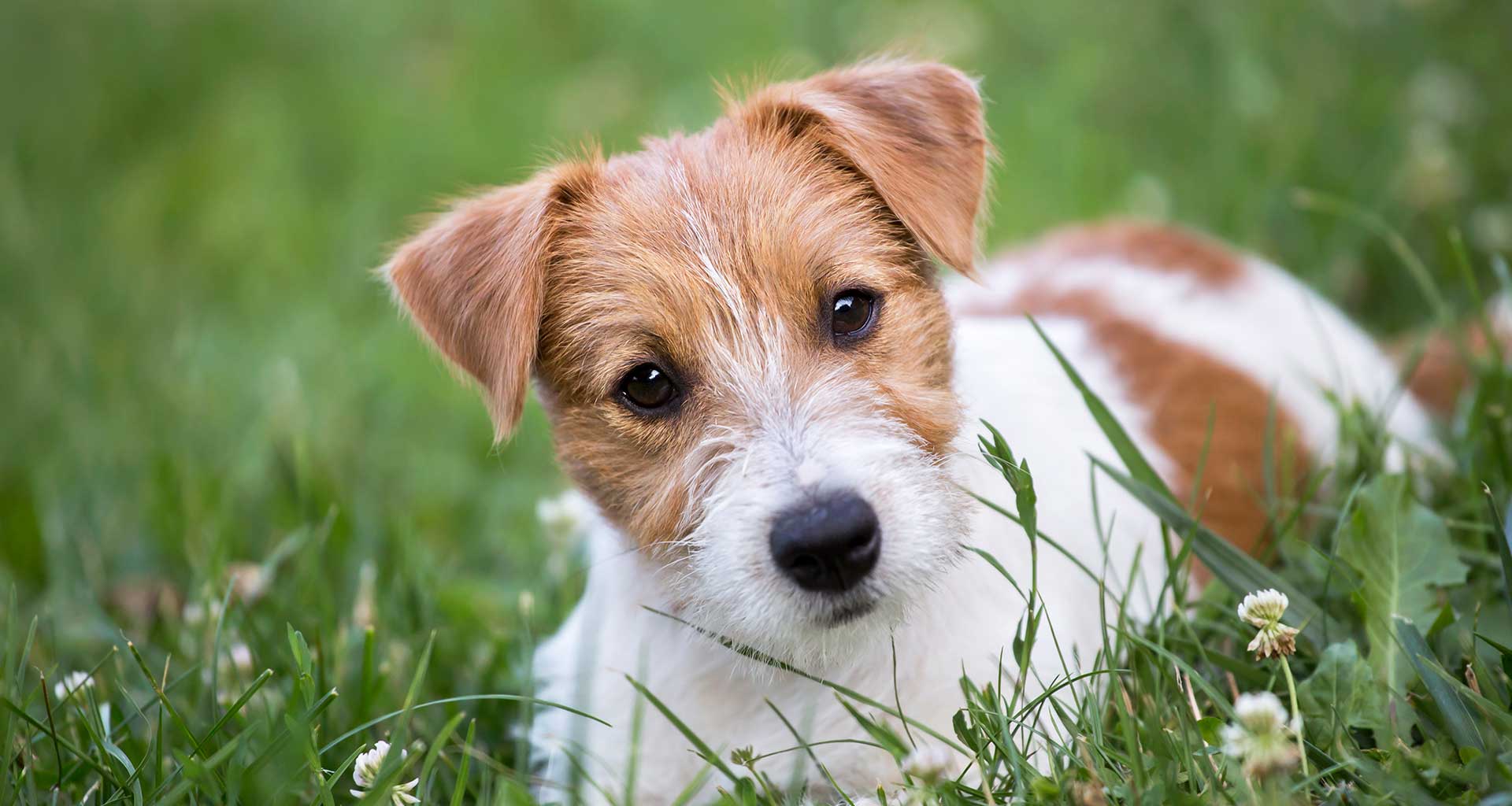
Nutrition
Feeding your pets with high-quality protein sources like chicken or turkey meat helps them build strong muscles which are necessary for maintaining good eye health. Ensuring a well-balanced diet with the appropriate nutrients contributes significantly to maintaining the optimal health of our pets’ eyes.
- A balanced diet can provide essential vitamins and minerals for good eye health. It can improve the overall health and well-being of pets.
- Correct nutrients can support the immune system to fight against infections and diseases.
- Proper nutrition may reduce the risk of cataracts or other vision problems in aging pets.
If you think your pet might be having vision issues, please contact us, or mention this in your next checkup.
